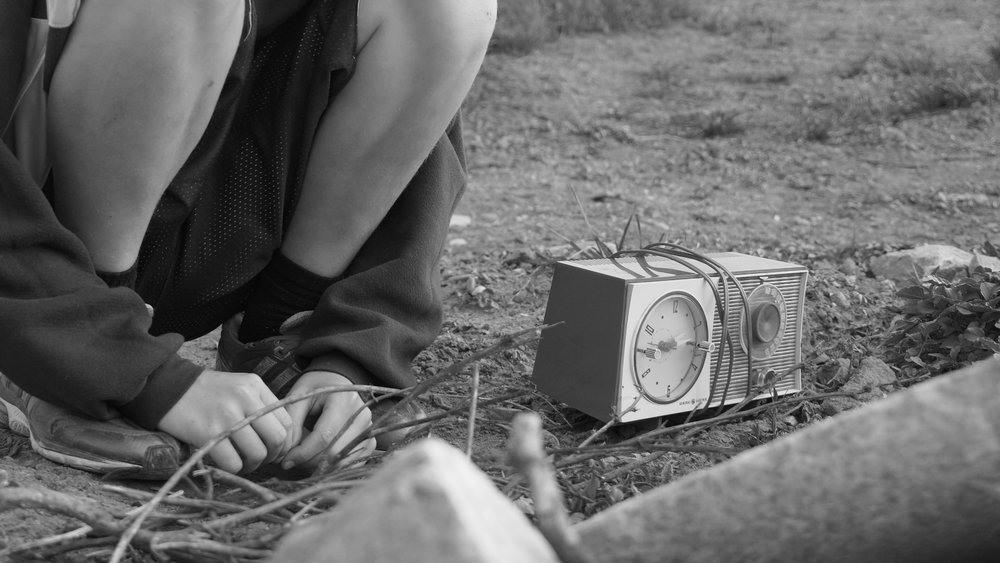Audio Recording: The Basics
According to Bill Brown
The first rule of sound recording is to get the microphone as close to the subject as possible. Remember signal to noise ratio?
Beyond getting the microphone as close to possible to your subject, you need to have the right recording equipment.
On-camera microphones
Most mics on cameras are omni-directional, meaning they pick up sound from all directions. The problem with that is that it is hard to get the mic close to your subject if the camera is far away. Also, given its pick-up pattern it will likely record sounds of the camera as well as any sound you might be making.
Pros and cons of on-camera mics:
POSITIVES
On-camera mics are compact, lightweight, affordable, and feature universal connections such as a standard hot-shoe mount, and 3.5mm microphone jack, which makes them compatible with most DSLR cameras and camcorders on the market.
NEGATIVES
As these microphones sit on top of your camera, this may not always give you the optimum signal to noise ratio. If your subject is close enough to the camera (roughly two meters or seven feet) or you’re simply recording the ambience of your environment, these microphones are perfect. For anything further away, you may achieve better results by getting your mic closer to your source using one of the following two microphone types: Lavaliere or Shotgun.
MICROPHONE TYPES DYNAMIC VS CONDENSER:
Dynamic: (also called a moving-coil microphone) is considered the most rugged professional microphone.
This type of mic is a good choice for electronic newsgathering (ENG) work, where a wide variety of difficult conditions are regularly encountered.
Condenser microphones (also called capacitor or electret condenser mics) are capable of top-notch audio quality.
Condenser mics aren't as rugged as dynamic mics.
And they require a power source
Handheld Microphones many times are dynamic mics and they are used primarily used for interviews where the mic can be visible in the shot.
Lavalier Mics
The most commonly used self-worn microphones in a broadcast environment would be lavalier (or lapel) microphones, and headset microphones. They are designed to be small, discreet, positioned extremely close to your sound source and plug into a variety of devices such as wireless belt packs, or direct to your camera.
Wireless Mics
Wireless units, if you decide to pursue this option can be quite expensive and occasionally prone to interference or configuration issues. If you are a solo videographer or a small production team this can add considerable cost your budget. The amount of flexibility that you have is sometimes worth the money especially if you are shooting events like weddings where you can't get a wired mic close to the subjects.
The Shotgun Microphone
Microphone Pickup Patterns
Omnidirectional: microphones have a pickup pattern that captures sound in all directions equally, making them ideal for recording ambient sound.
Ideal for capturing the ambient sound of a location
Available in handheld and lavalier configurations
Ideal as a lavalier when the actors needs to turn her head in the scene, as an omnidirectional lavalier will ensure her voice will not leave the pick-up pattern
Not ideal for use on a boom pole. The purpose of boom mics are to isolate the actors' dialogue above the ambient sound of the location, and omnidirectional mics do the opposite
Cardioid: mics are the first in the directional microphone category. With an inverse heart-shaped pick-up pattern, cardioids accept sound in front of the microphone and reject sounds to the side and behind the microphone. Cardioids are available in both handheld and lavalier configurations.
Handheld cardioids are the primary mics used in performance - singers, lecturers, comedians, broadcasters - where the mic can be held within 4-6 inches of the performer's mouth.
Lavalier cardioids, because they are more directional, tend to reject more ambient sound than their omnidirectional counterparts, making them ideal for recording talent in high-noise environments.
Cardioids are not often used on boom poles because the pick-up patterns is still too wide to isolate actor's dialogue.
Hypercardioid: microphones are much more directional than cardioid, and are used in locations when the microphone can be placed close to the actors.
Due to the physics of how microphones capture sound, hypercardioid microphones have a lobe of sensitivity behind the microphone.
Hypercardioids have a lobe of sensitivity on the rear axis that will capture sound
Shotgun Mic: are tube-shaped interference mics that use ridges along the side of the microphone to shape the pick-up pattern into a very narrow shape.
Shotguns are ideal for recording dialogue on set because they accept sound directly on axis with the microphone, while rejecting sounds to the side.
Shotguns are the primary microphone choice when recording sound on set as they allow the boom operator to position the microphone to only capture the actors' dialogue.
Be aware that use of a shotgun requires precision placement to ensure the actors do not leave the pick-up zone of the microphone.













